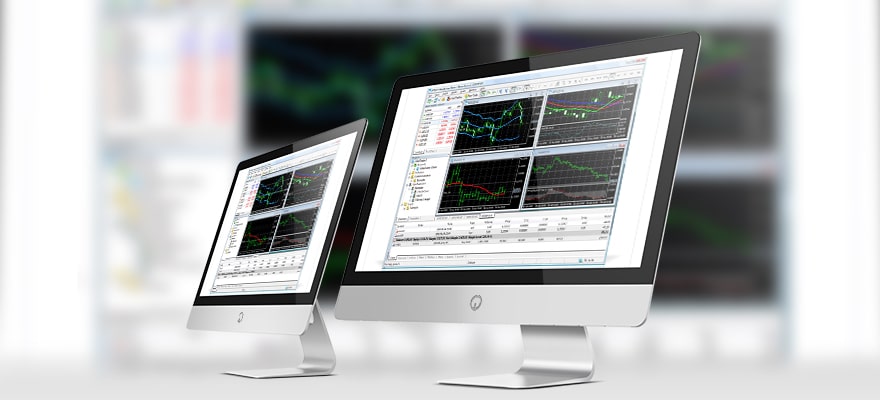The European Securities and Markets Authority (ESMA) has published an update on the transitional transparency calculations (TTC) for MiFID and MiFIR regulations on Monday. The updates for the calculations are in regards to equity derivatives, equity and equity-like instruments.
Through MiFID II and MiFIR, trading venues must report pre-trade and post-trade information on equity and non-equity instruments if they have a liquid market. If a market is liquid, it means there are many bids and offers, low spreads, and low volatility. As a result, it is easy to execute a trade quickly on a liquid market. The price of the trade is often more desirable because there are numerous buyers and sellers.
When there is not a liquid market, market operators and investment firms do not necessarily have to make this data public. In addition, transactions for such instruments can also benefit from deferred publication. The TTC calculations aim to determine whether an instrument has a liquid or illiquid market, among other thresholds.
For some contracts for differences (CFDs), there are additional Liquidity criteria for which data has not been received by the regulator. However, their liquidity is interconnected with the liquidity assessment of other instruments. As a result, the watchdog has divided the applicable CFDs into subclasses. For each subclass, different determinates as to whether the CFD is part of a liquid market applies. These subclasses are - equity CFDs, bond CFDs, CFDs on an equity future/forward, CFDs on an equity option and interest rate derivatives. All
Changes to Credit Default Swaps
Following an investigation, it came to the attention of ESMA that out of 11 originally published Credit Default Swaps (CDS) subclasses, nine classes should be considered illiquid. This means, national competent authorities (NCAs) can waive the obligation for market operators and investment firms to make pre-trade information public on equity and non-equity instruments.
Therefore, the updated file only contains information for the two remaining sub-classes with adjusted large-in-sale (LIS) and size specific to the instrument (SSTI) thresholds. Furthermore, the originally published TTC results for the asset class Equity instruments, liquidity assessment for Bonds (except ETCs and ETNs), asset class Credit Derivatives and asset class Equity Derivatives were also modified.
From August 13, 2018, the new version of the TTC file will be effective for market participants, infrastructures, and authorities under the regulatory framework. The exact changes to the TTC can be found on ESMA’s website.

















